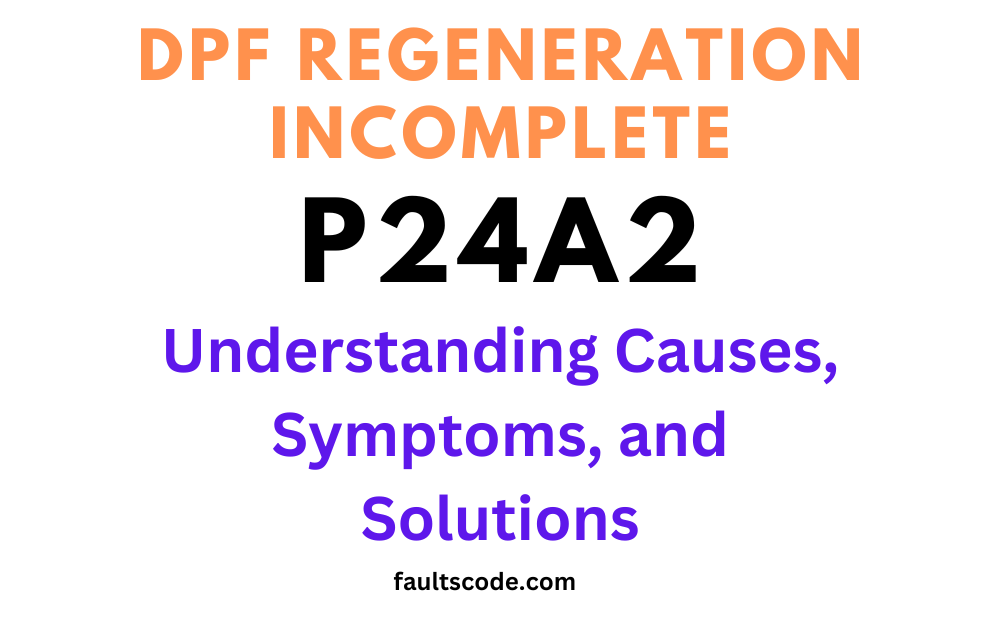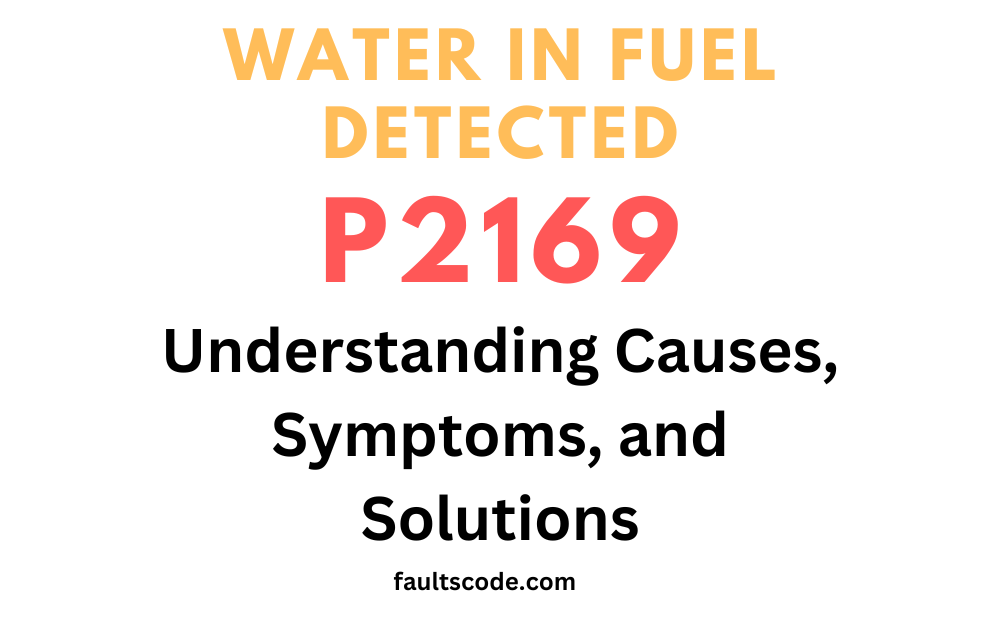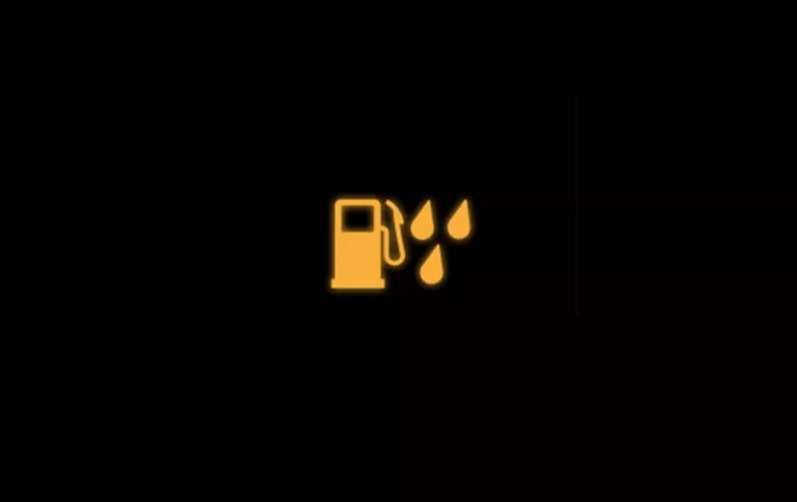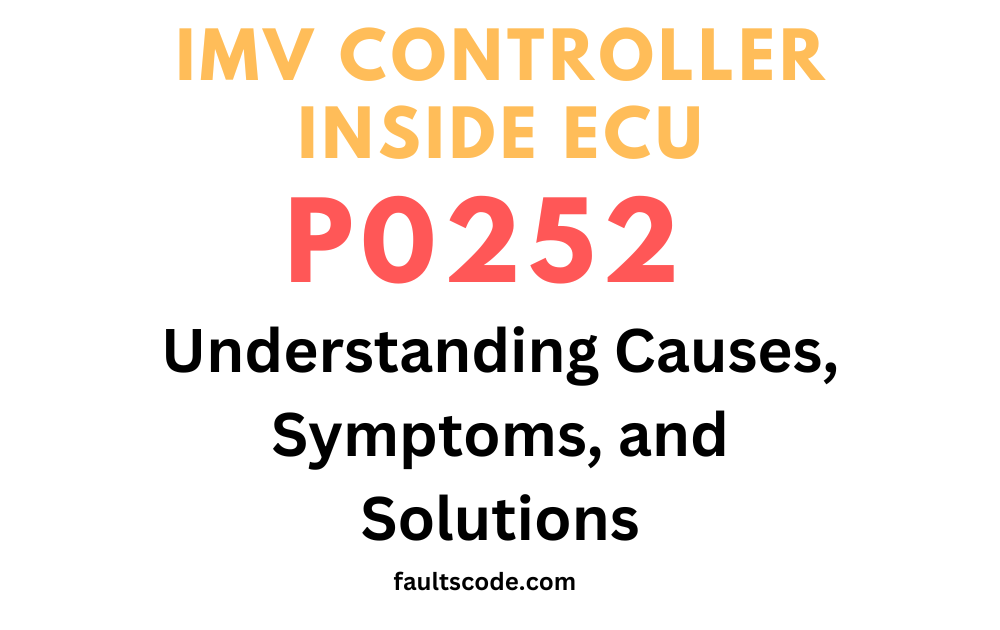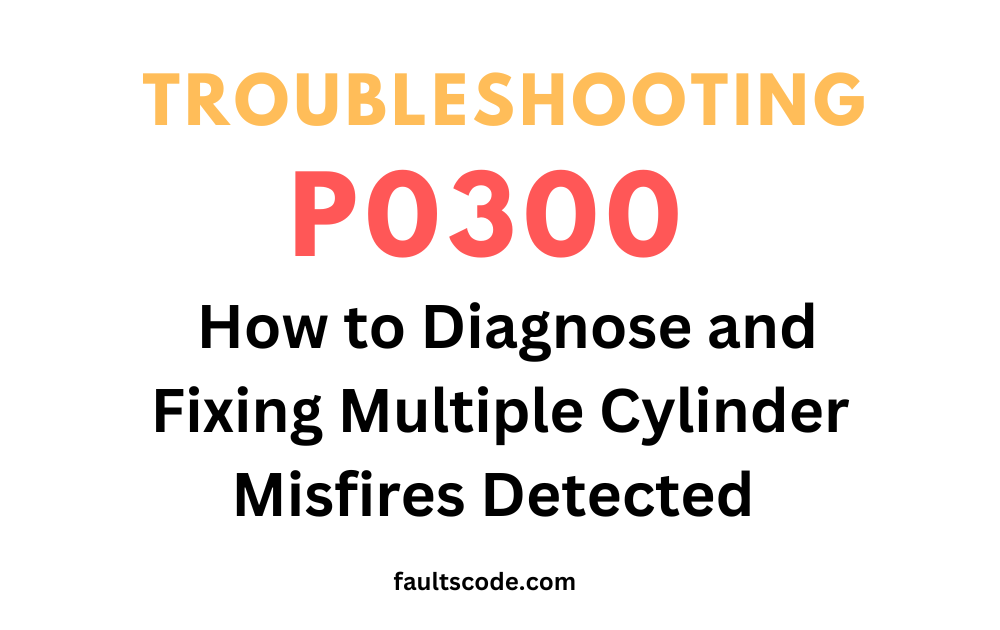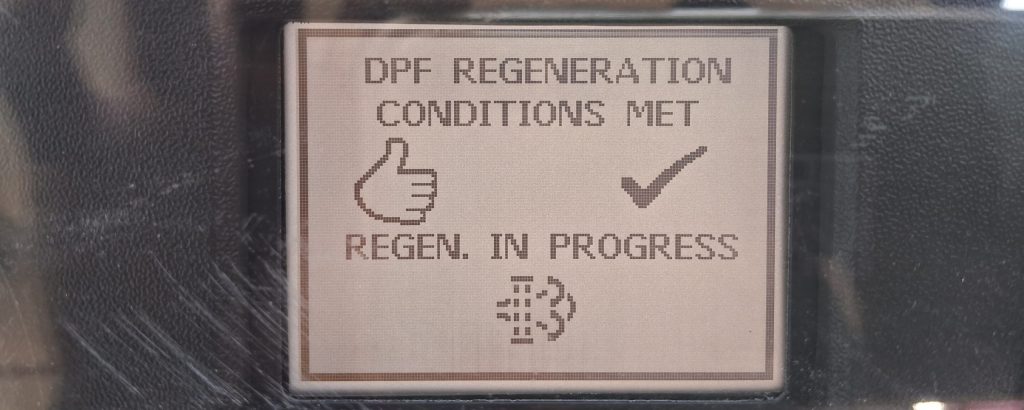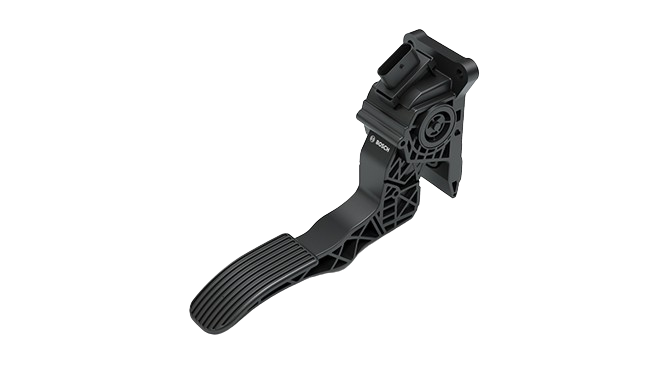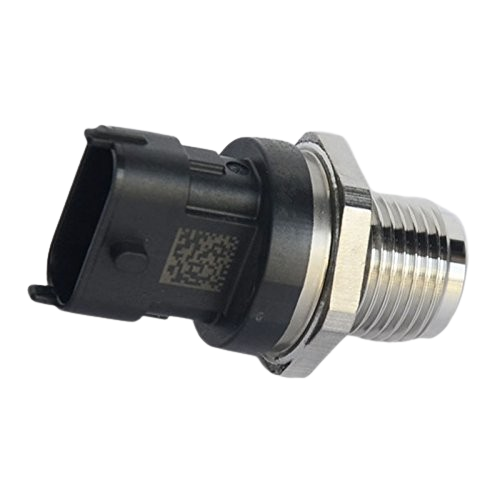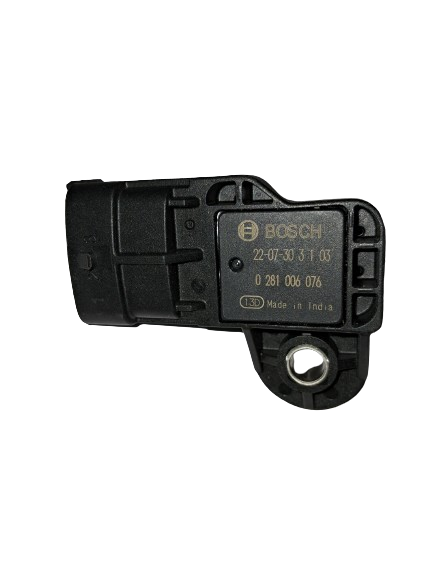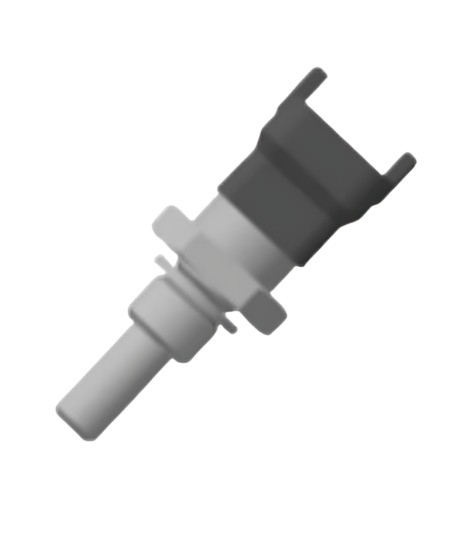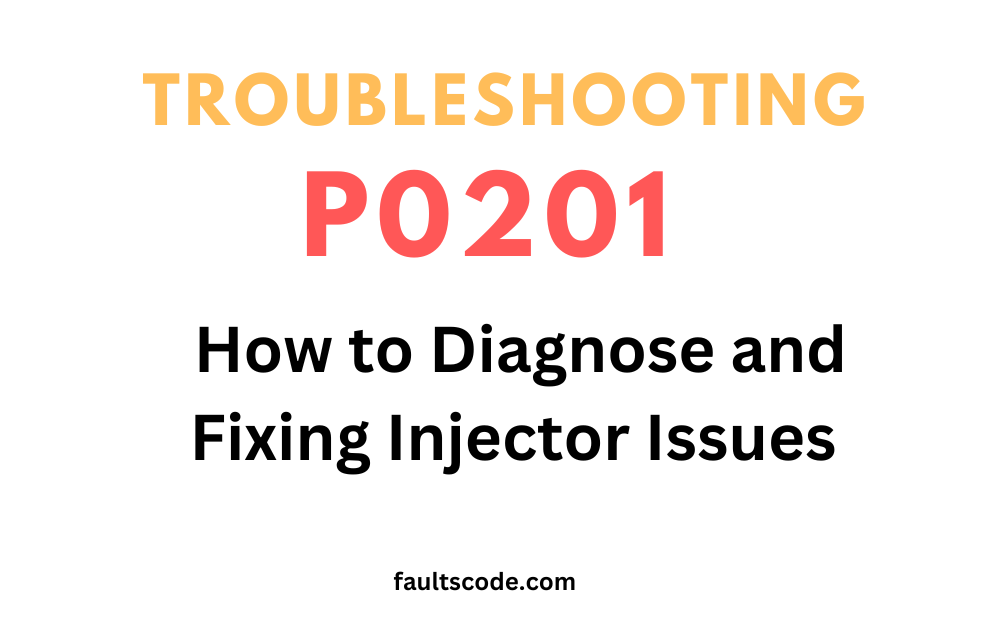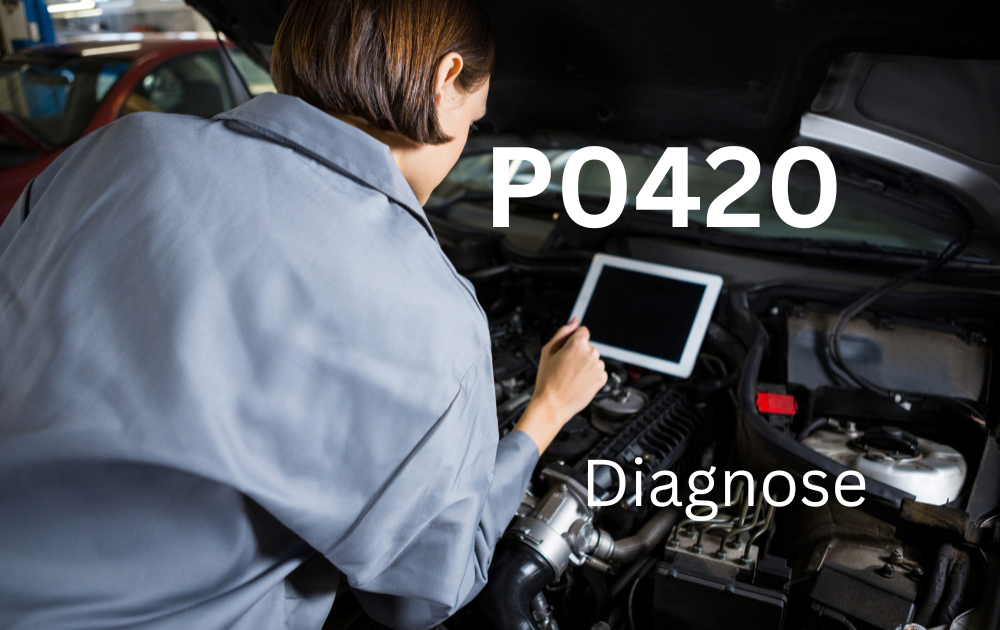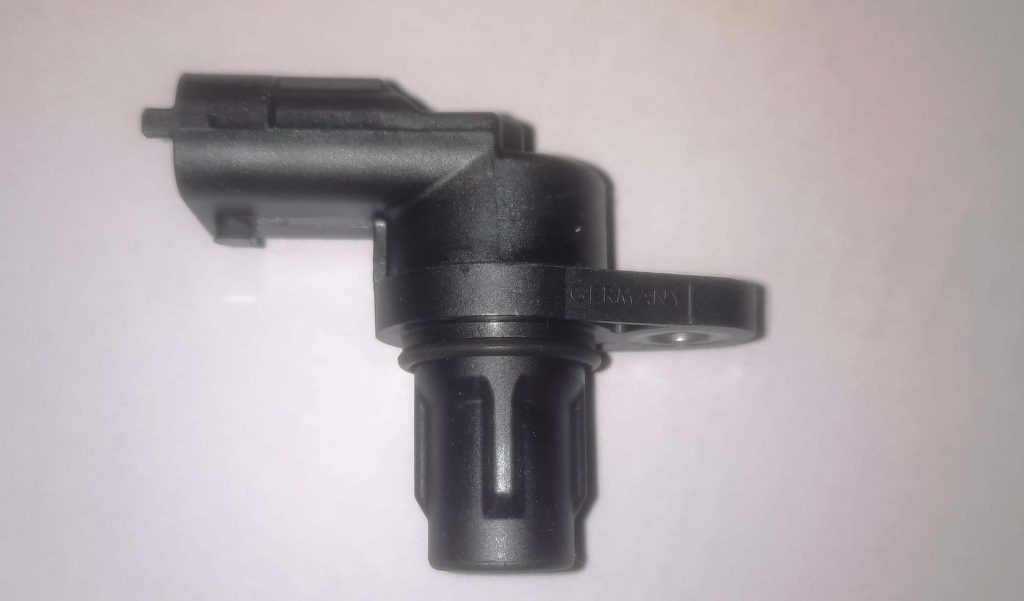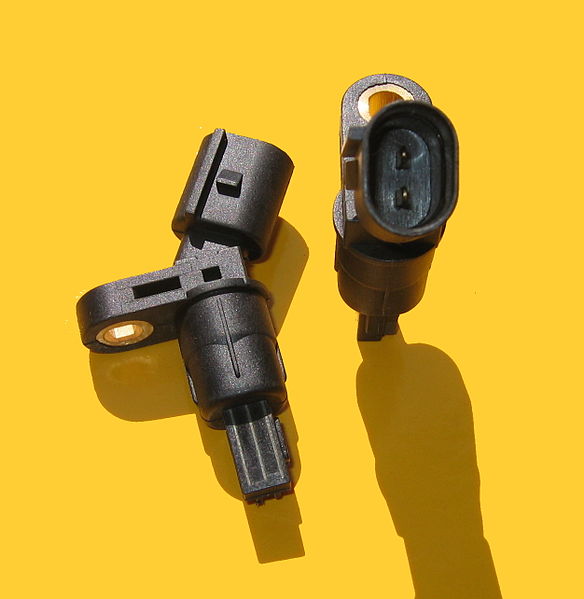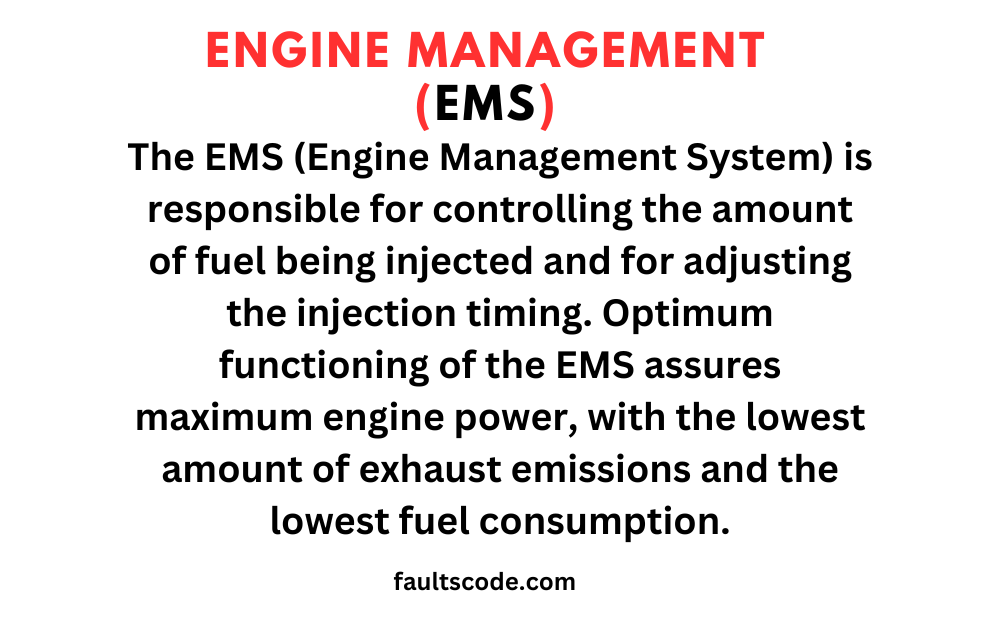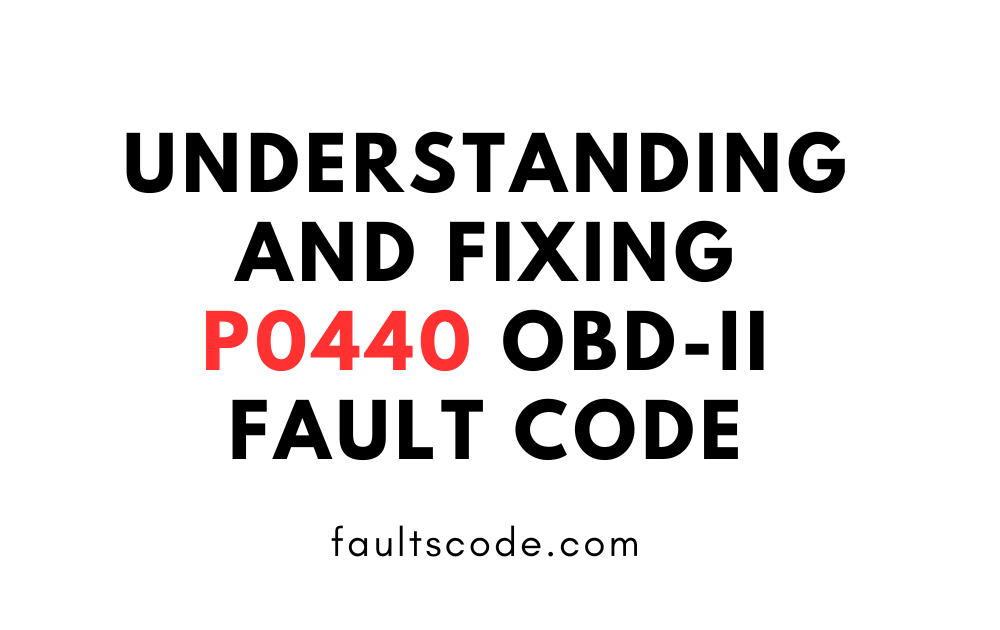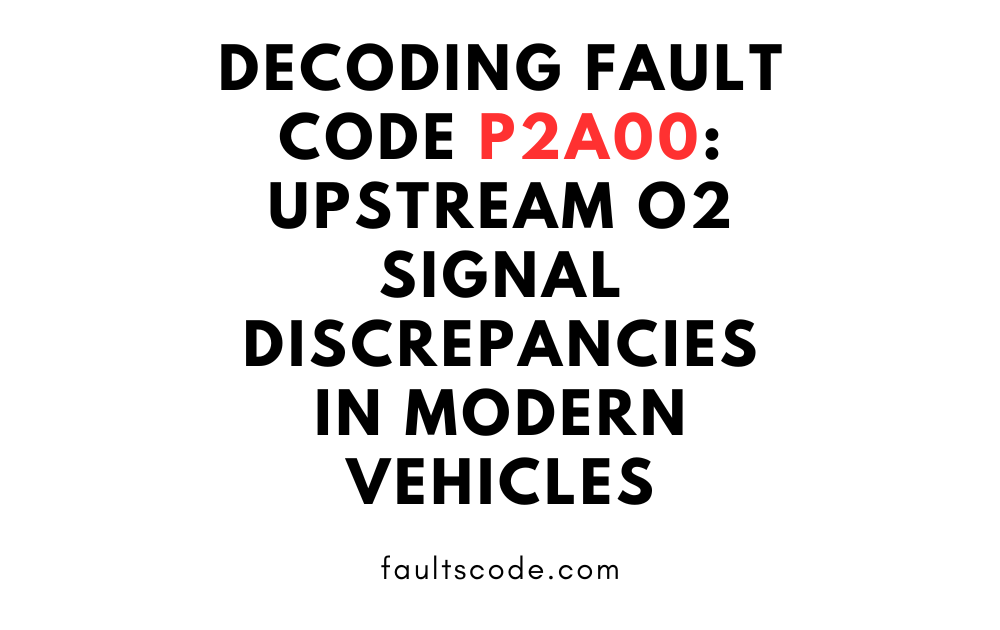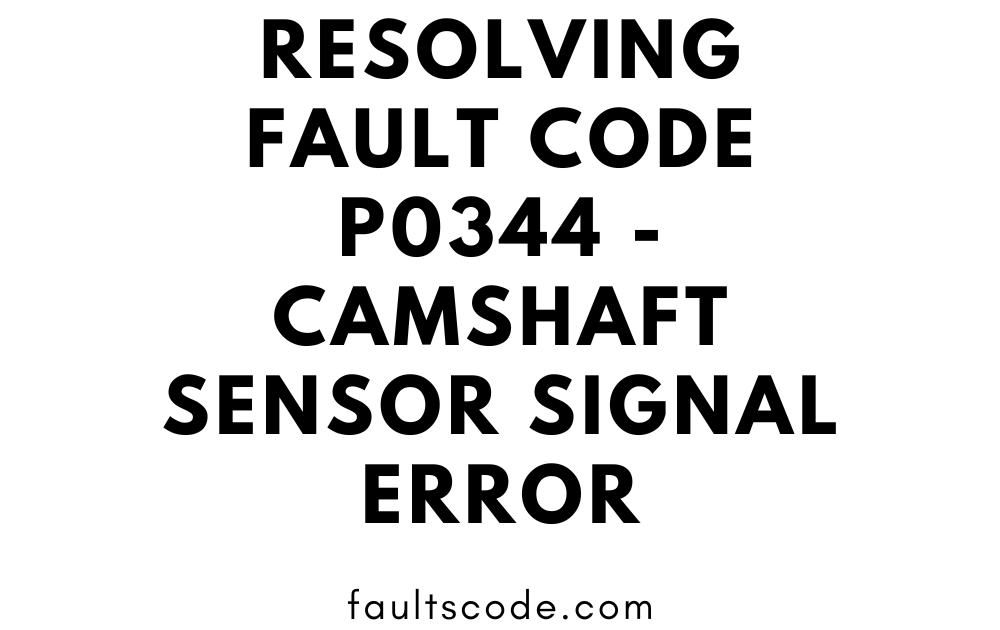Troubleshooting P2A10 Error – Understanding Upstream O2 Signal Discrepancies
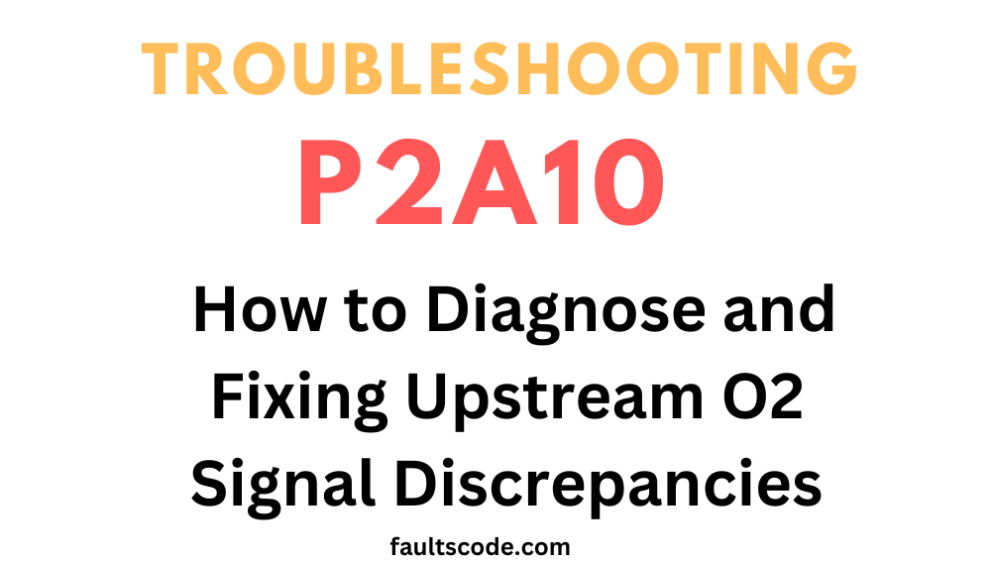
Definition and Significance of P2A10 Error Code
In the intricate network of a vehicle’s diagnostics, error codes serve as crucial indicators, illuminating potential issues that require attention. Among these, the P2A10 error code stands out, signaling a specific problem related to the upstream O2 sensor. This code, denoted as “P2A10: Upstream O2 signal from sensor is lower than Model O2 in under normal driving conditions (OP1),” carries significant implications for the health and performance of the vehicle.
Importance of Upstream O2 Sensors in Vehicle Performance
Before delving into the intricacies of the P2A10 error code, it’s essential to understand the role of upstream O2 sensors in the functionality of modern vehicles. Upstream O2 sensors, also known as oxygen sensors, play a critical role in monitoring the air-fuel mixture entering the engine. Positioned before the catalytic converter, these sensors measure the oxygen content in the exhaust gases, providing vital feedback to the engine control unit (ECU).
The information relayed by upstream O2 sensors is instrumental in achieving optimal fuel efficiency, reducing harmful emissions, and ensuring smooth engine performance. Any deviation from the expected values can lead to a variety of issues, ranging from decreased fuel economy to engine misfires. Thus, the proper functioning of upstream O2 sensors is paramount for the overall health and efficiency of the vehicle.
Overview of the Article’s Focus of Diagnosing and Resolving P2A10 Error
In this comprehensive guide, we will explore the nuances of diagnosing and resolving the P2A10 error code, shedding light on the underlying causes and effective troubleshooting methods. Whether you’re a seasoned automotive enthusiast or a DIY enthusiast looking to tackle this issue, this article aims to provide valuable insights and actionable steps to rectify the problem and restore your vehicle’s performance to its optimal state. Let’s embark on this journey of understanding and troubleshooting the P2A10 error code, unraveling its mysteries one step at a time.
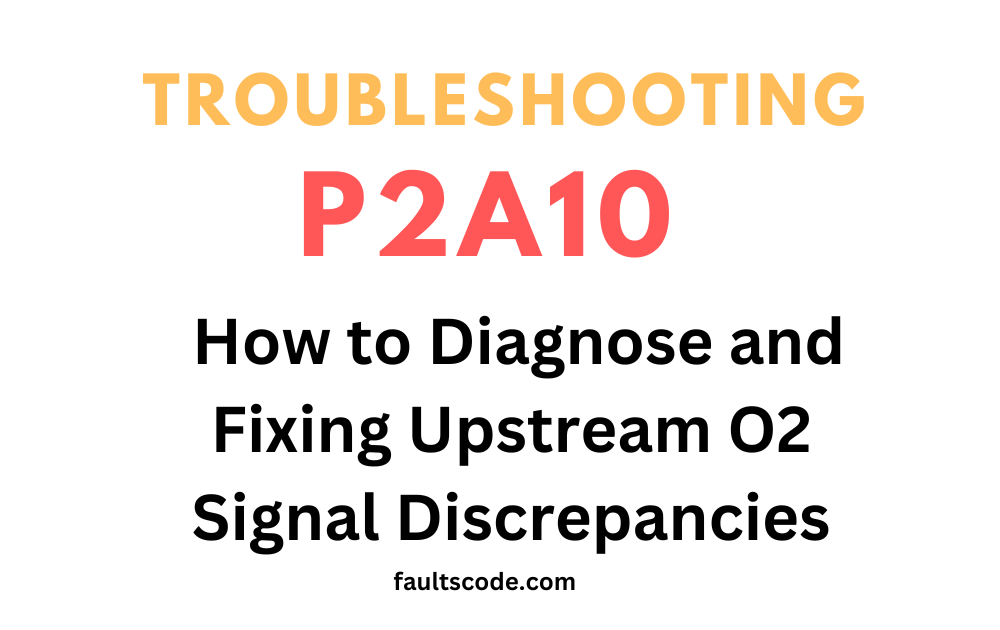
Understanding P2A10 Error Code
Explanation of P2A10 Error Code
The P2A10 error code is a specific diagnostic trouble code (DTC) that indicates a problem related to the upstream oxygen (O2) sensor in a vehicle’s exhaust system. When this code is triggered, it signals that the signal from the upstream O2 sensor is lower than the expected model value under normal driving conditions.
Interpretation of “Upstream O2 Signal from Sensor is Lower than Model O2 in Under Normal Driving Condition (OP1)”
To comprehend the intricacies of the P2A10 error code, it’s essential to break down its components. “Upstream O2 signal” refers to the data transmitted by the upstream oxygen sensor, which is positioned before the catalytic converter in the exhaust system. This sensor measures the oxygen content in the exhaust gases, providing crucial feedback to the vehicle’s engine control unit (ECU).
The term “Model O2” denotes the expected or modeled value of oxygen content in the exhaust gases under normal driving conditions. The ECU utilizes this model value as a reference point to evaluate the performance of the upstream O2 sensor and adjust the air-fuel mixture accordingly.
The phrase “lower than Model O2” indicates that the signal received from the upstream O2 sensor is below the anticipated value as per the model. This deviation from the expected range suggests a potential malfunction or inefficiency in the sensor’s operation.
Moreover, the qualifier “under normal driving condition (OP1)” specifies that the discrepancy between the sensor signal and the model value occurs during typical driving scenarios, rather than under specific load or environmental conditions.
Impact of the Error on Vehicle Operation and Emissions
The P2A10 error code can have significant ramifications on both vehicle operation and emissions performance. Since the upstream O2 sensor plays a crucial role in regulating the air-fuel mixture, any deviation from the expected values can lead to suboptimal engine performance.
For instance, a malfunctioning upstream O2 sensor may result in incorrect fuel trim adjustments by the ECU, leading to issues such as reduced fuel efficiency, rough idling, engine hesitation, or even engine misfires. These symptoms not only affect the driving experience but also have the potential to cause further damage to engine components if left unaddressed.
Furthermore, the improper combustion resulting from an erroneous air-fuel ratio can lead to increased emissions of harmful pollutants, such as nitrogen oxides (NOx), carbon monoxide (CO), and hydrocarbons (HC). This not only contributes to environmental pollution but may also result in a vehicle failing emissions tests, leading to compliance issues and potential fines.
In summary, the P2A10 error code warrants immediate attention to rectify the underlying issue and restore the vehicle’s performance and emissions compliance. Failure to address this error in a timely manner may lead to exacerbated problems and further deterioration of the vehicle’s operation and environmental impact.
Causes of P2A10 Error Code
Faulty Upstream O2 Sensor
One of the primary culprits behind the P2A10 error code is a faulty upstream oxygen (O2) sensor. Over time, these sensors can degrade or malfunction due to exposure to extreme temperatures, contaminants in the exhaust gases, or general wear and tear. When the upstream O2 sensor fails to accurately measure the oxygen content in the exhaust gases, it can trigger the P2A10 error code.
Issues with Wiring or Connections
Another common cause of the P2A10 error code is issues with the wiring or connections associated with the upstream O2 sensor. Damage to the sensor’s wiring harness, corrosion in the connectors, or loose connections can disrupt the signal transmission between the sensor and the engine control unit (ECU). As a result, the ECU may receive inaccurate data from the sensor, leading to the triggering of the P2A10 error code.
Engine or Exhaust System Problems
Underlying issues within the engine or exhaust system can also contribute to the occurrence of the P2A10 error code. These problems may include exhaust leaks, vacuum leaks, intake air leaks, or issues with other components that affect the air-fuel mixture or exhaust gas composition. Any disruption to the normal operation of these systems can impact the performance of the upstream O2 sensor and result in the triggering of the P2A10 error code.
Other Potential Triggers of the Error Code
In addition to the aforementioned causes, several other factors may contribute to the occurrence of the P2A10 error code. These may include:
- Sensor contamination: Buildup of oil, dirt, or other contaminants on the surface of the upstream O2 sensor can interfere with its ability to accurately measure oxygen levels in the exhaust gases.
- Fuel quality issues: Low-quality or contaminated fuel can affect the combustion process in the engine, leading to abnormal exhaust gas composition and potentially triggering the P2A10 error code.
- ECU software issues: Occasionally, software glitches or bugs in the engine control unit (ECU) can cause erroneous readings from the upstream O2 sensor, resulting in the triggering of the P2A10 error code.
- Environmental factors: Extreme temperatures, high humidity, or other environmental conditions may affect the performance of the upstream O2 sensor and contribute to the occurrence of the P2A10 error code.
In summary, a thorough diagnostic process is essential to pinpointing the exact cause of the P2A10 error code. By systematically inspecting and testing the various components and systems involved, automotive technicians can identify and address the underlying issue, ensuring optimal performance and reliability of the vehicle.
Diagnostic Procedures
Using OBD-II Scanner to Retrieve Error Codes
The first step in diagnosing the P2A10 error code is to use an OBD-II scanner to retrieve the stored error codes from the vehicle’s engine control unit (ECU). These scanners are readily available and can be connected to the OBD-II port, usually located under the dashboard or steering column. Once connected, the scanner can communicate with the ECU and retrieve any fault codes, including the P2A10 code, which indicates a problem with the upstream oxygen (O2) sensor.
Checking Live Data for O2 Sensor Readings
After retrieving the error codes, it’s crucial to check the live data stream from the O2 sensors using the OBD-II scanner. This allows technicians to monitor the real-time voltage readings from the upstream O2 sensor and compare them to the expected values. Abnormal readings, such as a sensor output lower than the modeled value, can indicate a malfunctioning sensor or other underlying issues.
Visual Inspection of Sensor and Wiring
Next, a visual inspection of the upstream O2 sensor and its associated wiring should be performed. Inspect the sensor for any signs of physical damage, contamination, or corrosion. Additionally, check the wiring harness and connectors for damage, corrosion, or loose connections. Any abnormalities found during the visual inspection should be addressed promptly, as they could be contributing to the P2A10 error code.
Performing Diagnostic Tests to Identify the Root Cause
Once the preliminary inspections are complete, diagnostic tests can be performed to further narrow down the root cause of the P2A10 error code. These tests may include:
- Resistance testing: Use a multimeter to measure the resistance of the upstream O2 sensor’s heating element and compare it to the manufacturer’s specifications. A deviation from the expected resistance value could indicate a faulty sensor.
- Voltage testing: With the engine running, measure the voltage output of the upstream O2 sensor using a multimeter. Compare the readings to the expected values specified by the vehicle manufacturer. Abnormal voltage readings may indicate a malfunctioning sensor or wiring issue.
- Smoke test: Perform a smoke test to check for exhaust leaks or other air leaks in the engine or exhaust system. Any leaks found should be repaired promptly to ensure proper operation of the upstream O2 sensor.
By systematically performing these diagnostic procedures, automotive technicians can identify the root cause of the P2A10 error code and implement the necessary repairs or replacements to rectify the issue. This proactive approach ensures the continued reliability and performance of the vehicle’s emissions control system.
Resolving P2A10 Error
Replacing Faulty Upstream O2 Sensor
If the diagnostic procedures confirm that the upstream oxygen (O2) sensor is indeed faulty and contributing to the P2A10 error code, the most effective solution is to replace the sensor. Ensure that the replacement sensor is compatible with the vehicle’s make and model and meets the manufacturer’s specifications. Once installed, clear any stored error codes and reset the ECU to allow for relearning of sensor parameters.
Repairing Damaged Wiring or Connectors
In cases where the issue stems from damaged wiring harnesses, connectors, or terminals associated with the upstream O2 sensor, repair or replacement of these components is necessary. Carefully inspect the wiring for any signs of damage, such as fraying, corrosion, or breaks. Repair or replace any damaged wiring or connectors, ensuring secure connections and proper insulation to prevent future issues.
Addressing Underlying Engine or Exhaust System Issues
If underlying engine or exhaust system problems are identified as contributing factors to the P2A10 error code, it’s essential to address these issues to prevent recurrence of the error. Common issues may include exhaust leaks, vacuum leaks, intake air leaks, or problems with other components affecting air-fuel mixture or exhaust gas composition. Perform thorough inspections and repairs as necessary to ensure the proper functioning of the engine and exhaust system.
Clearing Error Codes and Conducting Test Drives for Verification
After completing the necessary repairs or replacements, clear any stored error codes from the ECU using an OBD-II scanner. This step ensures that the ECU recognizes the corrective actions taken and allows for a fresh start in monitoring the vehicle’s systems. Following the code clearing, conduct test drives under various driving conditions to verify that the P2A10 error code does not recur. Monitor the O2 sensor readings and scan for any new fault codes to confirm successful resolution of the issue.
By systematically addressing each potential cause of the P2A10 error code and implementing appropriate solutions, automotive technicians can effectively resolve the problem and restore the vehicle’s performance and emissions compliance. Regular maintenance and periodic inspections can help prevent future occurrences of similar issues, ensuring the continued reliability and longevity of the vehicle’s emissions control system.
Preventive Measures
Regular Maintenance and Inspection of O2 Sensors
Implementing a proactive approach to vehicle maintenance includes regular inspection of oxygen (O2) sensors as part of routine service intervals. Periodic checks ensure early detection of potential issues, allowing for timely repairs or replacements before they escalate into more significant problems. By monitoring sensor performance and addressing any abnormalities promptly, vehicle owners can maintain optimal engine efficiency and emissions control.
Using High-Quality Replacement Parts
When replacing components such as O2 sensors, it’s essential to use high-quality, OEM (original equipment manufacturer) or reputable aftermarket parts. Quality replacement parts ensure compatibility, reliability, and longevity, minimizing the risk of premature failures or malfunctions. Investing in superior components not only enhances vehicle performance but also reduces the likelihood of recurring issues and associated repair costs over time.
Promptly Addressing Any Issues Related to Engine Performance
Vigilance is key to preventing the escalation of minor engine performance issues into more significant problems that could trigger error codes like P2A10. Vehicle owners should promptly address any signs of engine hesitation, rough idling, unusual noises, or decreased fuel efficiency. Timely diagnostics and repairs by qualified automotive professionals can prevent potential damage to engine components and preserve overall vehicle reliability.
Educating Vehicle Owners About the Importance of Monitoring Error Codes
Educating vehicle owners about the significance of monitoring error codes and addressing them promptly is crucial for proactive maintenance. Encouraging owners to invest in OBD-II scanners or visit qualified mechanics for diagnostics can empower them to stay informed about their vehicle’s health. Understanding the implications of error codes like P2A10 can motivate owners to take appropriate action to resolve issues early, minimizing downtime and repair costs in the long run.
By incorporating these preventive measures into regular vehicle maintenance routines, owners can enhance the reliability, efficiency, and longevity of their vehicles while minimizing the risk of encountering error codes such as P2A10. Proactive maintenance not only improves overall vehicle performance but also contributes to safer driving conditions and reduced environmental impact.
Conclusion
Recap of the Significance of P2A10 Error and Its Implications
In conclusion, the P2A10 error code serves as a critical indicator of potential issues related to the upstream oxygen (O2) sensor in a vehicle’s exhaust system. This error code signifies a deviation from the expected oxygen content in the exhaust gases, which can have significant implications for vehicle performance and emissions compliance. Ignoring or neglecting the P2A10 error code can lead to decreased fuel efficiency, engine performance issues, increased emissions, and potential compliance concerns.
Importance of Timely Diagnosis and Resolution to Maintain Vehicle Performance and Emissions Compliance
Timely diagnosis and resolution of the P2A10 error code are paramount to maintaining optimal vehicle performance and emissions compliance. Prompt action allows for the identification and rectification of underlying issues, preventing potential damage to engine components and ensuring continued reliability and efficiency. By addressing the root cause of the error code promptly, vehicle owners can mitigate the risk of further complications and associated repair costs.
Encouragement for Proactive Maintenance and Monitoring Practices to Prevent Similar Issues in the Future
As proactive measures, vehicle owners are encouraged to adopt regular maintenance and monitoring practices to prevent similar issues from arising in the future. This includes conducting periodic inspections of O2 sensors, using high-quality replacement parts, promptly addressing any engine performance issues, and educating themselves about error code monitoring. By staying vigilant and proactive, owners can safeguard their vehicles against potential malfunctions, minimize downtime, and prolong the lifespan of critical components.
In essence, the prevention and resolution of the P2A10 error code require a collaborative effort between vehicle owners and automotive professionals. By prioritizing proactive maintenance, timely diagnostics, and swift resolution of issues, owners can ensure the continued reliability, efficiency, and compliance of their vehicles, thereby enhancing overall driving experience and environmental sustainability.


